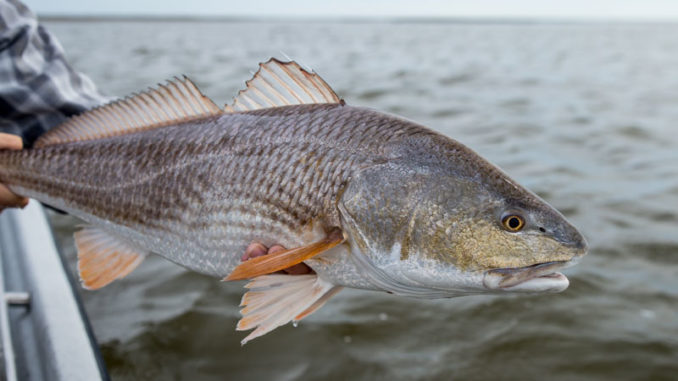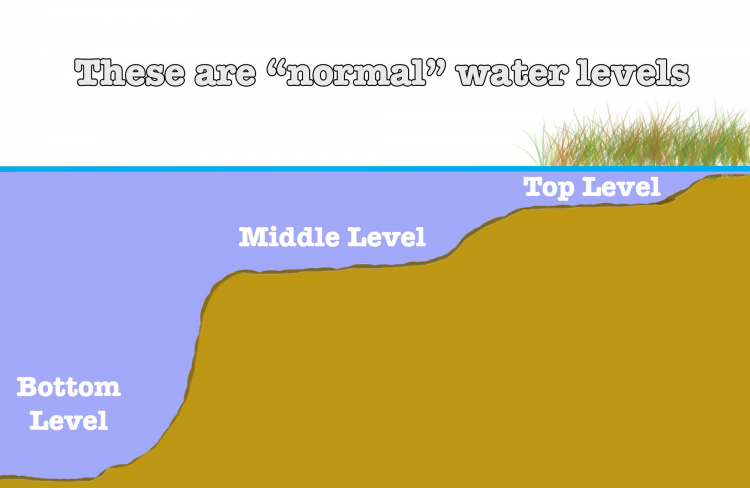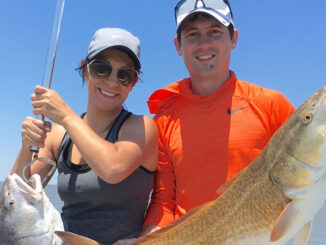
Visualizing staging areas is key
How many times has low water ruined your fishing trip?
The pond that held all those biting redfish would have been a great honey hole — if only there was any water left in it.
But your fishing trip shouldn’t have been ruined. Those redfish didn’t go far, and if you understood the marsh as being a series of “levels,” your trip might have fared differently.
Let me explain.
The marsh is like a set of stairs
Water depths throughout the marsh aren’t uniform, so why look at water as being “all the same?”
Instead, it’s a series of levels, featuring a top level, a middle level and a bottom level, as shown in the accompanying illustration.
 So when the water gets low, fish obviously lose access to the top level.
So when the water gets low, fish obviously lose access to the top level.
That includes bait, which drains out and is eaten by fish waiting in the middle level. We usually see this in the form of fish stacking up on a trenasse during a falling tide.
When the water gets really low — like after a strong cold front — everything drains out into the bottom-most level.
Next time the water is “too low” to fish your spot, try fishing a level down — you’d be surprised at the results you achieve.
And it works the other way, too — as water gets higher, redfish will move up a level. High water gives them access to bait they previously couldn’t reach.
Conclusion
An angler who understands the concept of water levels and how they fluctuate will enjoy more success than one who doesn’t. Visualizing where biting fish are most likely to stage — and where they go when water levels change — is key.
Tight lines, y’all!
Editor’s Note: Devin Denman is an avid inshore fisherman who writes the Louisiana Fishing Blog. To read more of his articles, visit lafishblog.com


